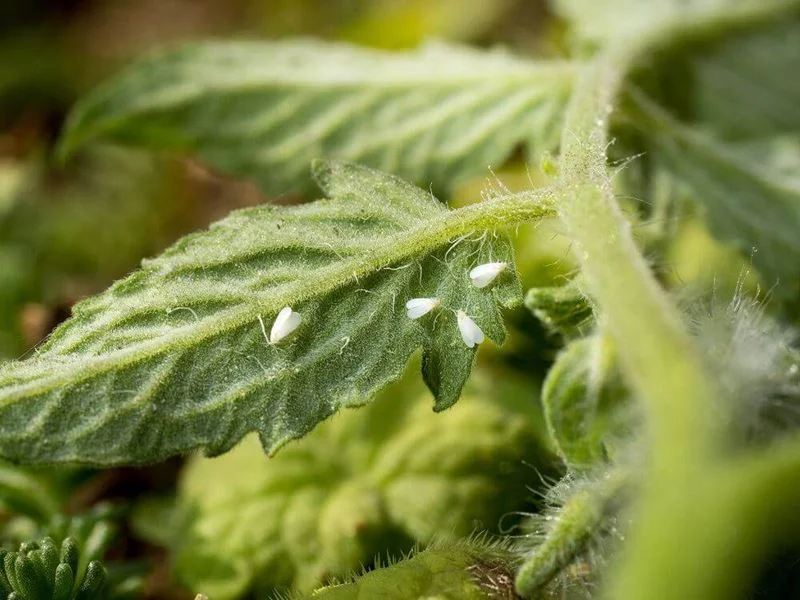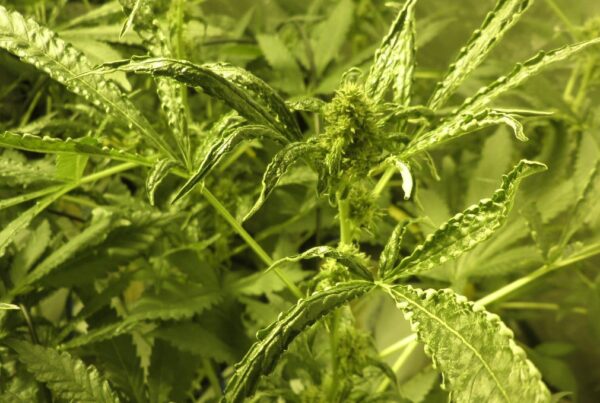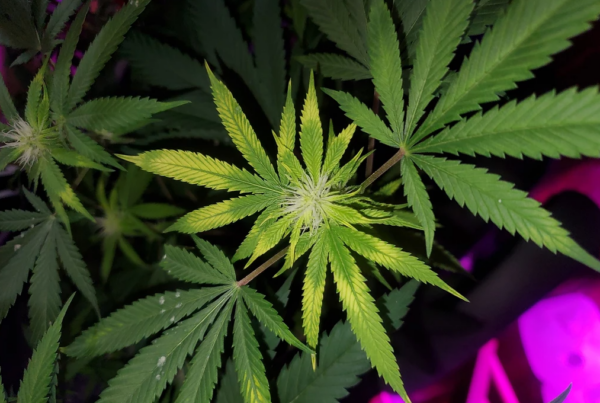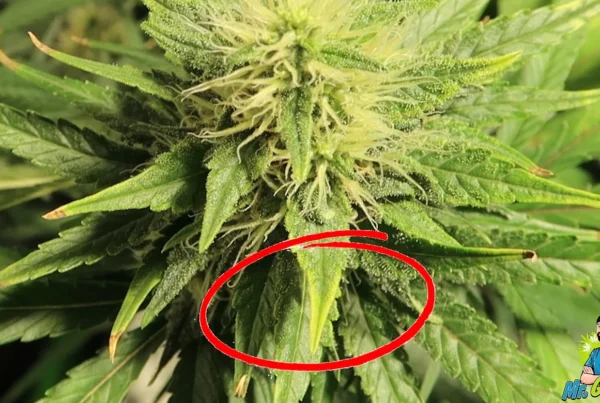Problems can happen when growing cannabis and the peskiest issues are often associated with pests. One of these pesky pests is whiteflies. Whiteflies multiply fast in numbers and have developed resistance to many pesticides over time. But if you discover whiteflies on your cannabis plants, don’t panic. With this article you can win the battle since it not only contains the ways of identifying a whitefly infestation, but it also has tricks and tips that you can use to get rid of them.
What are Whiteflies?
Whiteflies that go by the scientific name, Trialeurodes vaporariorum, are small insects from the family of Aleyrodidae. As the name implies, they are powdery-white or snowy-white in color. These sap-sucking insects resemble moths and are usually less than 3 mm in size.
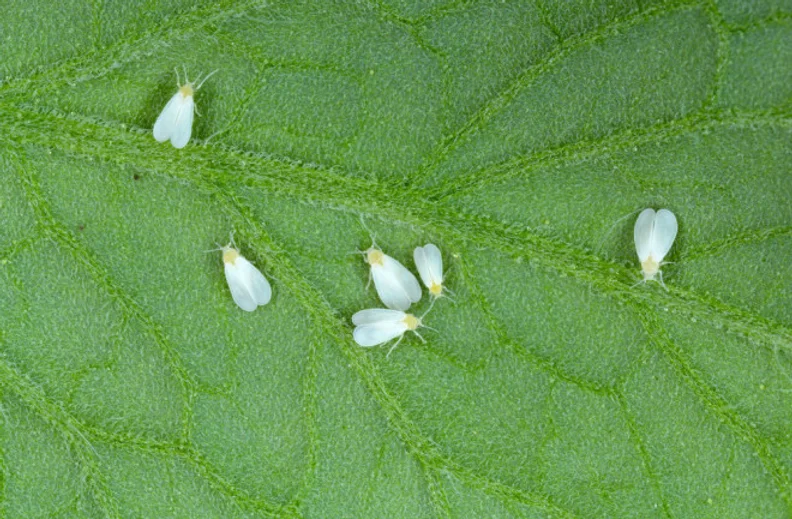
Whiteflies pose a threat to cannabis plants because they suck on the plant sap and multiply fast in numbers. One adult whitefly can lay around 400 eggs which hatch within a few days. The crawlers or nymphs that hatch from the eggs also feed on the sap, making the cannabis plant vulnerable to many diseases. They also spread from plant to plant so once they have destroyed one cannabis plant, they will move onto the next one in the grow room. Their ability to weaken cannabis plants and grow their population quickly makes them potentially lethal for the cannabis plant. Therefore, it is important to make a quick diagnosis upon infestation and start the treatment immediately.
Signs of a Whitefly Infestation
- Spotting Whiteflies: Adult whiteflies are not that difficult to see. If you shake the plant a bit, you may spot one flying around. Their white moth-like appearance makes it easy to identify them correctly. They lay their eggs on the underside of the leaves in a ring of approximately 40 eggs, but this ring is difficult to see with the naked eye. Similarly, the nymphs are translucent and difficult to spot. The nymphs move around in the first or crawler stage of their life cycle but in the rest of the three stages, they stick themselves to the leaves and keep sucking the sap until they reach the pupal stage. Adult whiteflies are the ones that you can easily spot without a magnifying glass.
- Yellowing Leaves or Chlorosis: Adult whiteflies and their flattened nymphs suck on plant sap which essentially means they puncture the plant with their mouths and consume the plant nutrients. This leads to the weakening and yellowing of plant leaves. In the case of a bad infestation, the leaves become dry, brittle and fall off.
- White Spots on Leaves: Since whiteflies puncture cannabis plant leaves to consume the nutrients, they do direct damage to the plant and leave white spots on the leaves. In the case of a bad infestation, these white spots can be easily seen.
- Honeydew: These pests produce a sticky substance called honeydew as they suck plant sap. This honeydew can lead to the growth of black sooty mold, a fungal disease that is lethal for plants as it affects their ability to photosynthesize. Also, this honeydew can attract ants.
- Stunted Growth: When the cannabis plant is deprived of its nutrients, the plant weakens and its leaves become dry and fall off. It also becomes vulnerable to many other diseases.
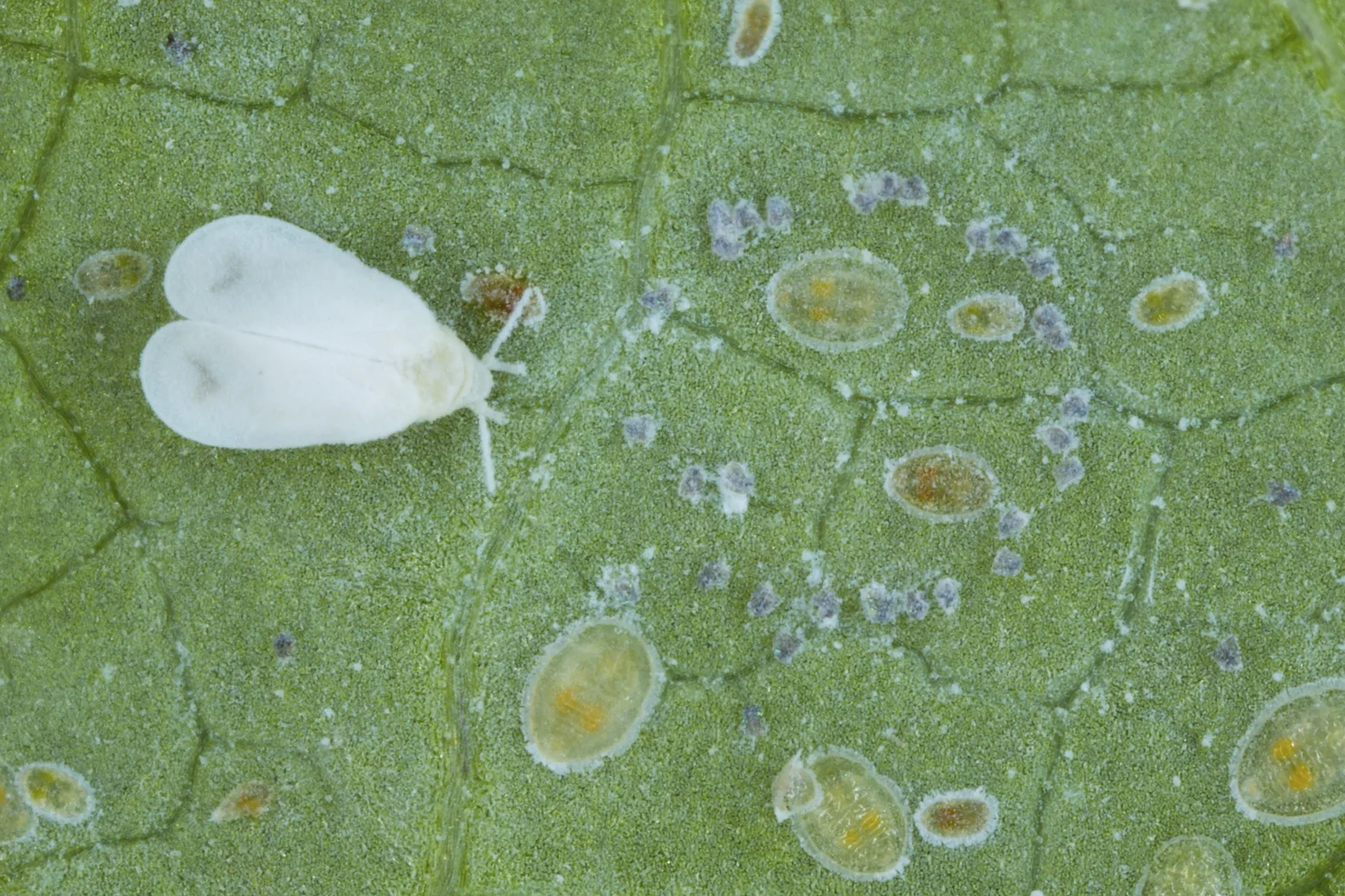
Whiteflies Treatment
Whiteflies tend to develop resistance to pesticides. Therefore, it is better to switch between different treatment methods to eradicate them effectively. Here are a few treatments that you can use to save your cannabis plants from whiteflies:
- Yellow Sticky Traps: Although solely using yellow sticky traps to get rid of whiteflies is not effective, it can be used to suppress their population a bit. Besides that, it also serves as an indicator of how bad the infestation is and can help with catching the problem early on.
- Natural Predators: Introducing natural predators of whiteflies can be useful in suppressing their population as they serve as great control agents. Black ladybugs, Delphastus, feed on whitefly eggs and can eliminate up to 100 eggs a day. A parasitic wasp called Encarsia Formosa can take on whitefly nymphs by feeding on them and by laying eggs inside of them. Eretmocerous calfifornicus is another parasitic wasp that can prey on whiteflies. The black ladybird beetle can also be introduced to control the whitefly population. Besides these predators, you can use a few fungi such as: Paecilomyces fumosororeus, Beauveria Bassiana, and more.
- Spraying and Pruning: Another way to suppress whitefly population growth is spraying the larvae and eggs off from the underside of the leaves. You can use a syringe, a spray bottle, or a small hose to get the job done. This will also help remove the sticky honeydew. Prune any parts of the cannabis plant that are heavily infested and put them in a sealed bag to prevent further infestation. Vacuuming the grow room in the morning will help get rid of the adults and prevent them from laying more eggs.
- Organic Neem Oil: Neem oil is known to be effective against numerous pests. Spray the plant with neem oil to repel whiteflies. In the flowering stage, neem oil can leave a smell on the buds and therefore is not recommended. Other oils that work are: cinnamon oil, eucalyptus oil, lemon, and rosemary oil.
- Essentria IC3: This organic solution is a mixture of horticultural oils that can be sprayed directly on the plant. These oils smother whiteflies and kill them in all stages of their lifecycle.
- Insecticidal Soap: Insecticidal soaps usually work on contact by dehydrating the exoskeletons of the whiteflies and killing them. Proper coverage is the key to using these fatty acid salts or insecticidal soap.
- Spinosad Products: These products are organic and harmless. They are also most effective on contact and can be sprayed directly on the cannabis plant.
Whiteflies are stubborn, and without careful monitoring, they can invade your grow room again in no time. You must be proactive. Observe your plants regularly and use sticky traps to detect any signs of re-infestation early on. Prevention is better than cure in this case and adding predatory insects will help you in the long run. Use the treatment methods above to set your cannabis plants on the path to recovery and then regularly monitor the plant to to ensure you’re keeping the whiteflies away.
Sources:
- https://ucanr.edu/sites/VCMG/Controlling_Whiteflies_in_Your_Garden/
- https://www.alchimiaweb.com/blogen/control-whiteflies-marijuana-plants/
- https://www.maximumyield.com/the-war-on-whiteflies/2/1368
- https://www.royalqueenseeds.com/blog-cannabis-and-whitefly-how-to-control-and-prevent-them-n500
![]()

